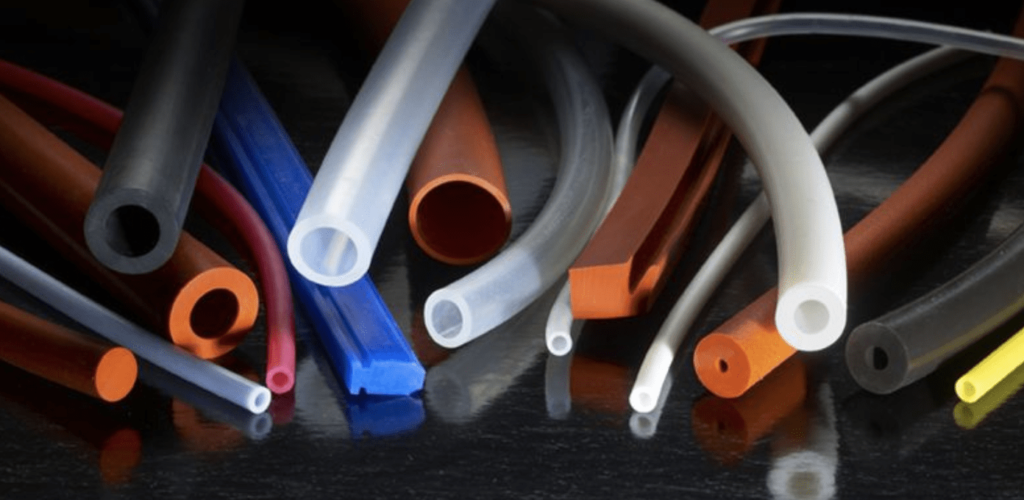This article provides an in-depth guide to heat resistant flexible tubing, including its definition, types, features, and applications. It also discusses the benefits of using heat resistant flexible tubing and how to choose the right type for your needs.
Heat resistant flexible tubing is a type of tubing that is designed to withstand high temperatures while maintaining its flexibility and durability. It is made from materials that are resistant to heat and can be used in various applications where traditional tubing would fail due to heat exposure.
Heat Resistant Flexible Tubing
There are several types of heat resistant flexible tubing available, including:
1. Silicone Tubing
Silicone tubing is made from silicone rubber and is known for its high heat resistance, flexibility, and durability. It can withstand temperatures ranging from -60°C to 200°C and is commonly used in automotive, aerospace, and industrial applications.
2. Teflon Tubing
Teflon tubing is made from polytetrafluoroethylene (PTFE) and is known for its non-stick properties, heat resistance, and chemical resistance. It can withstand temperatures ranging from -200°C to 260°C and is commonly used in chemical, food, and pharmaceutical applications.
3. Kapton Tubing
Kapton tubing is made from polyimide and is known for its high heat resistance, flexibility, and durability. It can withstand temperatures ranging from -200°C to 300°C and is commonly used in aerospace, automotive, and industrial applications.
4. Fiberglass Tubing
Fiberglass tubing is made from fiberglass and is known for its high heat resistance, strength, and durability. It can withstand temperatures ranging from -200°C to 600°C and is commonly used in aerospace, automotive, and industrial applications.

Benefits of Heat Resistant Flexible Tubing
Heat resistant flexible tubing offers several benefits, including:
1. High Heat Resistance
Heat resistant flexible tubing can withstand high temperatures without losing its shape or functionality. This makes it ideal for applications where traditional tubing would fail due to heat exposure.
2. Flexibility
Heat resistant flexible tubing can be bent and twisted to fit into tight spaces, making it ideal for applications where space is limited.
3. Durability
Heat resistant flexible tubing is made from materials that are resistant to wear and tear, making it ideal for applications where the tubing is subject to friction or stress.
4. Chemical Resistance
Heat resistant flexible tubing is resistant to chemicals, making it ideal for applications where the tubing is exposed to harsh chemicals.
How to Choose the Right Heat Resistant Flexible Tubing
Choosing the right heat resistant flexible tubing for your application can be challenging. Here are some factors to consider:
1. Temperature Range
Determine the temperature range that the tubing will be exposed to. Different types of heat resistant flexible tubing have different temperature ranges, so it’s important to choose a type that can withstand the temperature range of your application.
2. Material
Consider the material that the tubing will be made from. Different materials have different properties, such as heat resistance, flexibility, and durability. Choose a material that meets the requirements of your application.
3. Size and Shape
Determine the size and shape of the tubing that you need. Heat resistant flexible tubing comes in various sizes and shapes, so it’s important to choose a type that fits your application.

Leave a Reply